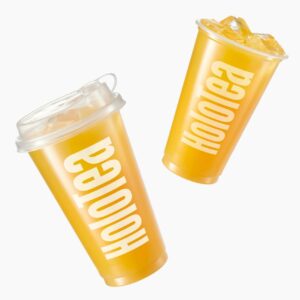Can Plastic Cups Go in the Microwave? Microwave Safety Tips
By
Contents
Ever wondered if that plastic cup in your hand is safe to heat up in the microwave? Well, you’re in the right place. At FUSENPACK, we’re all about safety and convenience in the kitchen. Let’s answer the following question: Can plastic cups go in the microwave?
Why You Can’t Microwave Plastic Cups
When it comes to microwaving plastic cups, many materials just don’t cut it. Here’s why:
- Melting Point: Did you know that many plastics can melt or warp at microwave temperatures? This not only ruins your cup but can also lead to burns or even damage your microwave. Not a great trade-off for a quick warm-up, right?
- Leaching of Chemicals: Some plastics can release harmful chemicals, like BPA, into your food or drink when heated. This is a major health no-no, and we want to avoid it at all costs.
- Fire Hazard: Lastly, microwaving the wrong plastic can potentially cause a fire. Safety first! It’s always better to be cautious and avoid such risks in your kitchen.
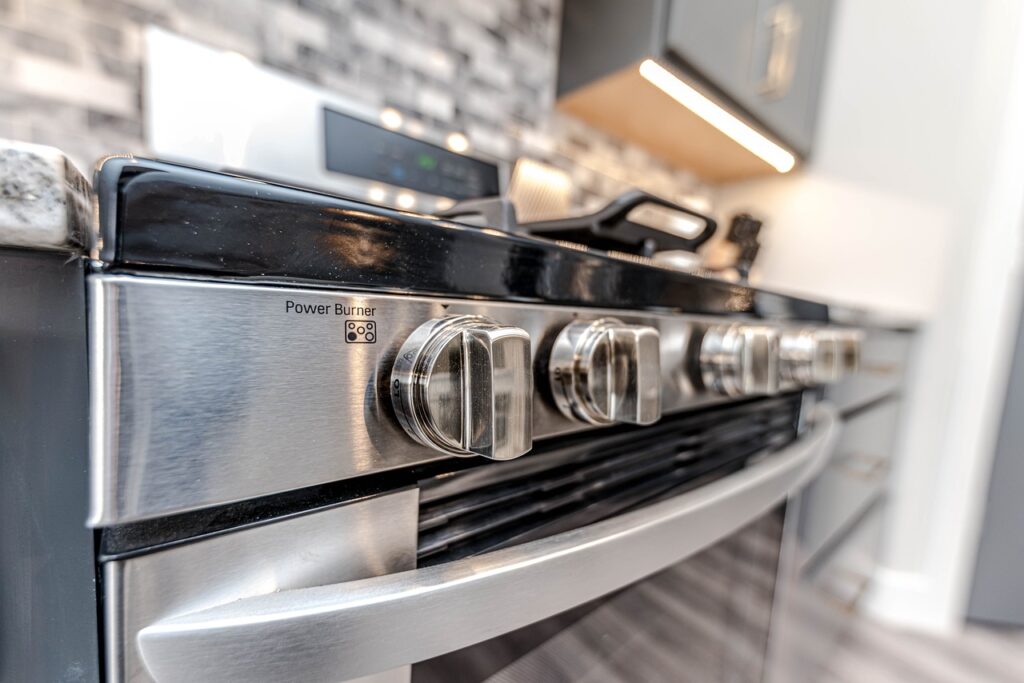
Types of Microwave-safe Plastic Cups
However, there are some types of plastic that are microwave-safe.
- Polypropylene (PP): This is the only type of plastic that’s generally safe to microwave, often marked as “5”. PP has a high melting point of 167°C and can be reused with care. You’ll find it in items like soy milk bottles, yogurt cups, and microwave meal containers.
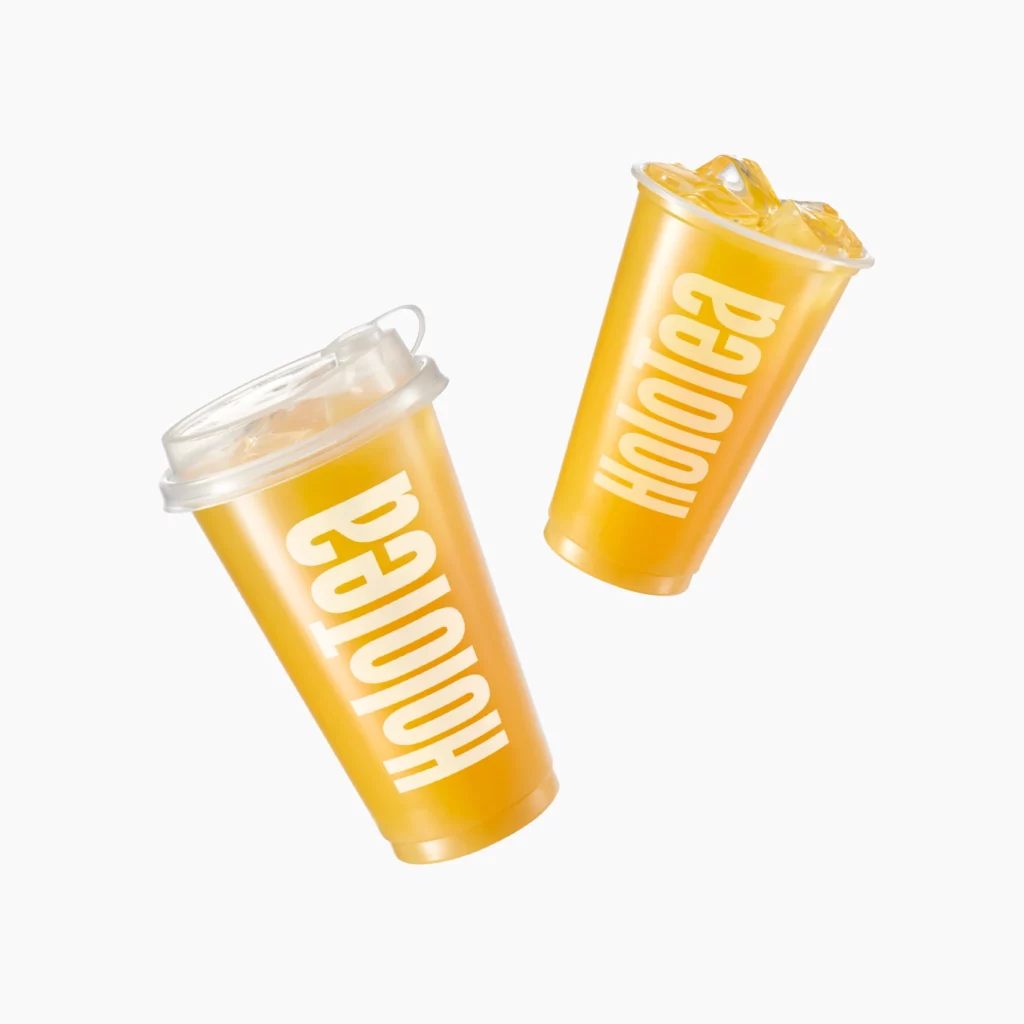
- Polycarbonate (PC): While a PC can withstand temperatures from -40 to 140°C, it may contain BPA and release harmful substances when heated. So, it’s best to steer clear of microwaving PC cups.
- Tritan: This is a newer copolyester material that combines the benefits of PP and PC, with a temperature range of -40°C to 100°C and BPA-free. However, it’s still not recommended for microwave use due to the risk of deformation.
- PPSU: This polyphenylsulfone resin is heat-resistant and often used for baby bottles, but it’s not typically recommended for microwave heating.
In summary, only polypropylene (PP) marked with a “5” is suitable for microwave use. And remember, the lid and the body of the cup might be made of different materials, so some lids may not be microwave-safe. Always check before you heat.
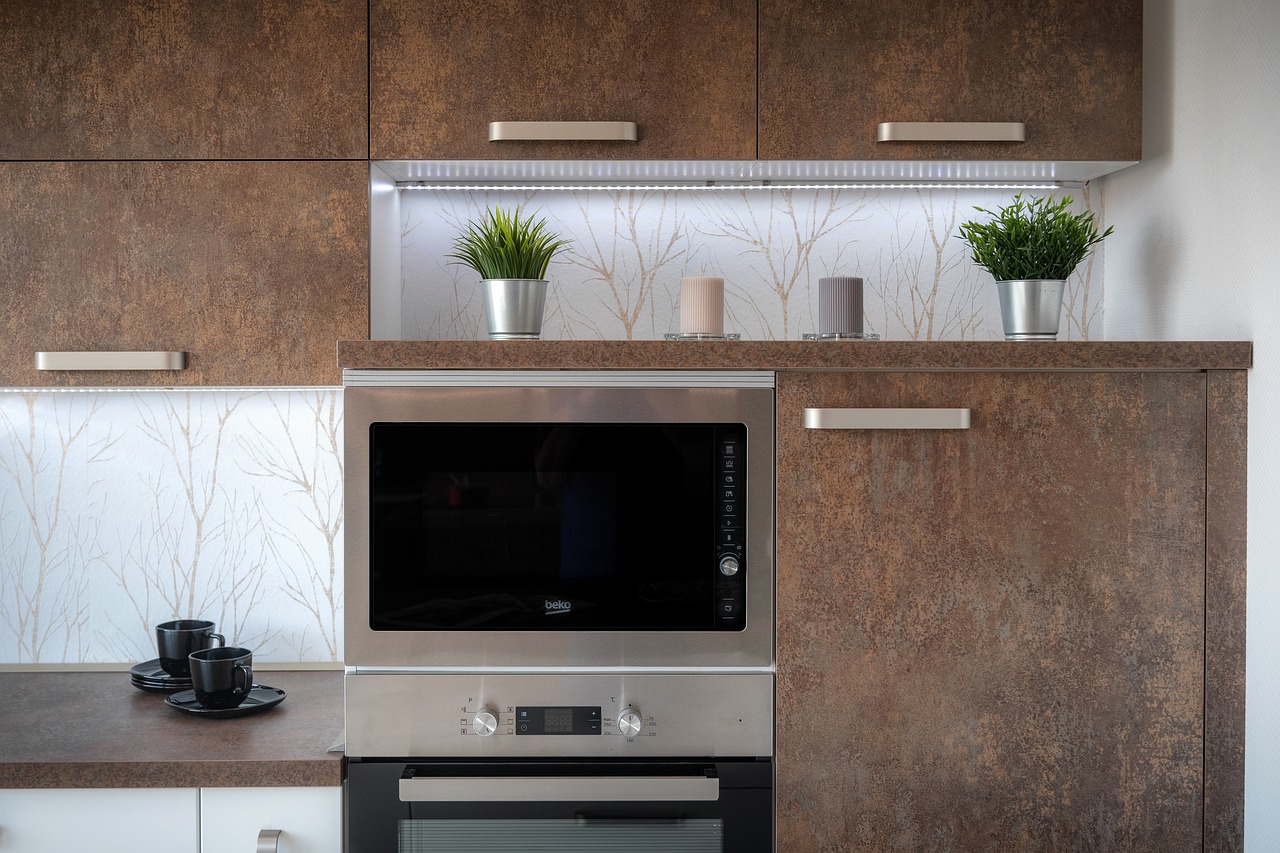
Additional Heating Methods to Consider
If you’re in doubt about the safety of microwaving your plastic cup, here are some alternative heating methods that can keep your beverages warm and safe:
- Using Glass or Ceramic Containers
Glass and ceramic are very safe materials for microwave use. You can transfer the contents of your plastic cup into a glass or ceramic container for heating. This is a straightforward and effective way to avoid any potential risks associated with microwaving plastics.
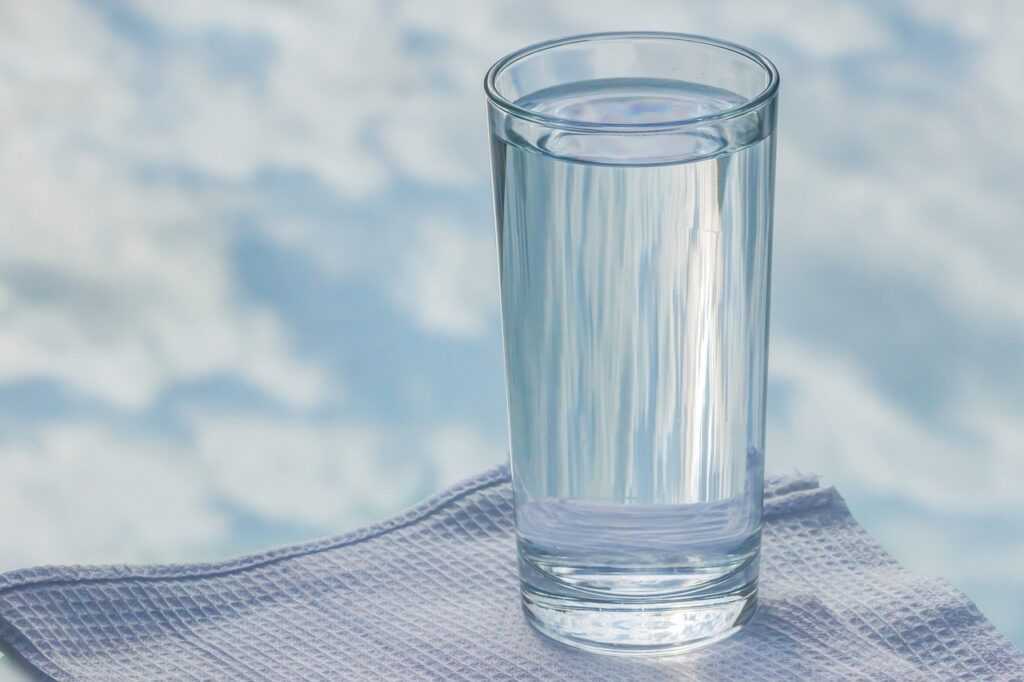
- Using Stainless Steel Containers
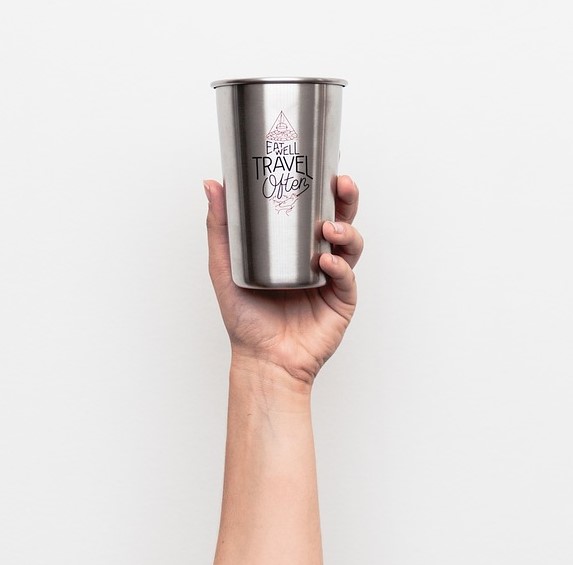
Stainless steel containers are generally safe for microwave heating. Just make sure the container is marked as microwave-safe and doesn’t contain any metal parts, as metal should never be placed in a microwave.
- Using a Hot Water Bath
For containers that can’t be directly heated, place the plastic cup in a large bowl filled with hot water, allowing the cup to slowly warm up in the water bath. This method is suitable for warming up drinks without direct heat exposure.
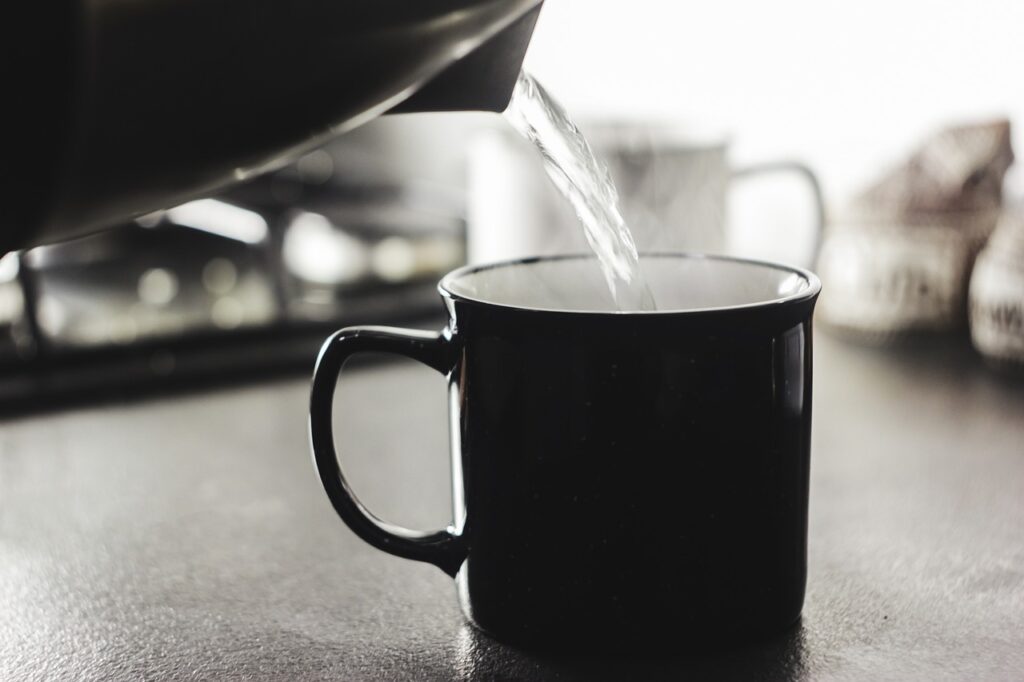
Conclusion
If you’re unsure about a plastic cup’s microwave safety, it’s best to play it safe and avoid microwaving it. Opt for microwave-safe materials like glass, ceramic, or microwave-safe plastic containers instead. With FUSENPACK, you’ll find clear indications on the packaging to guide you. So, the next time you’re reaching for that cup, make sure to check the label and heat with confidence! 🧊🔥


